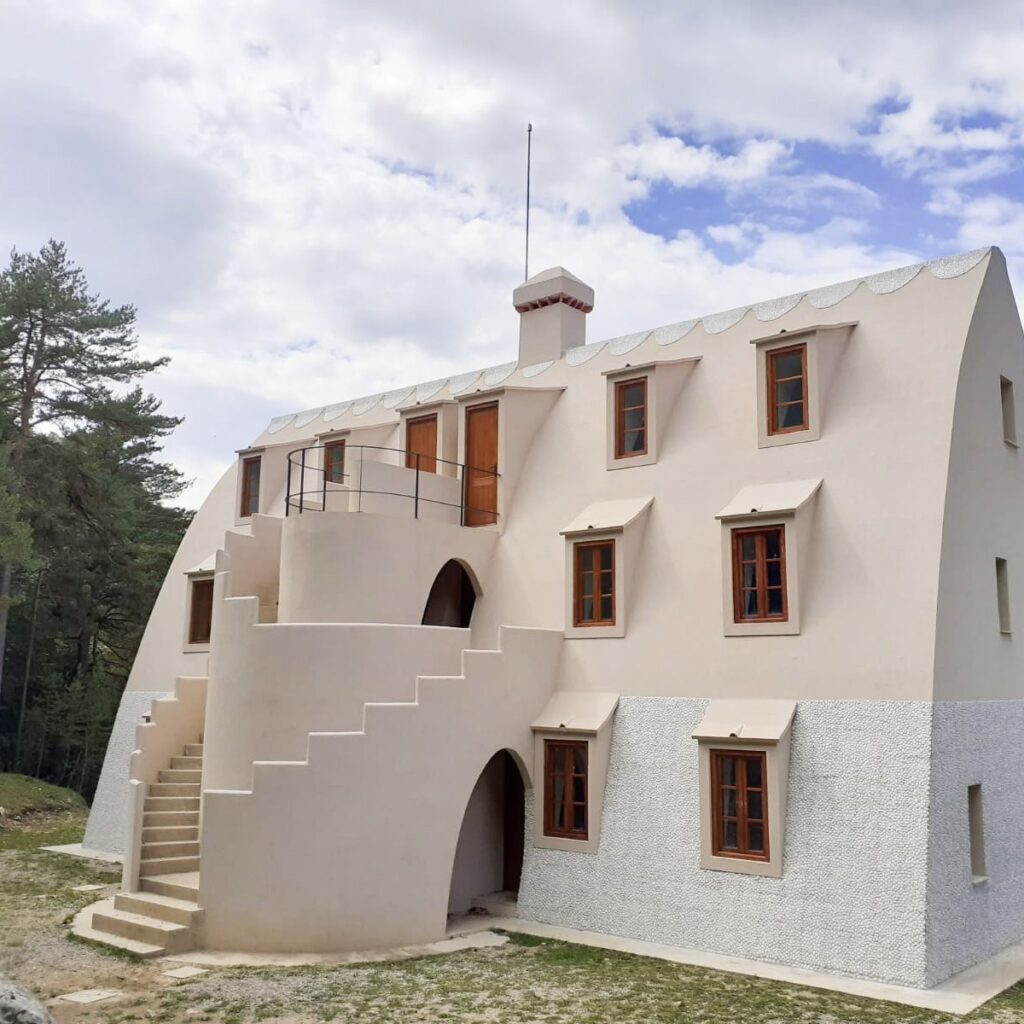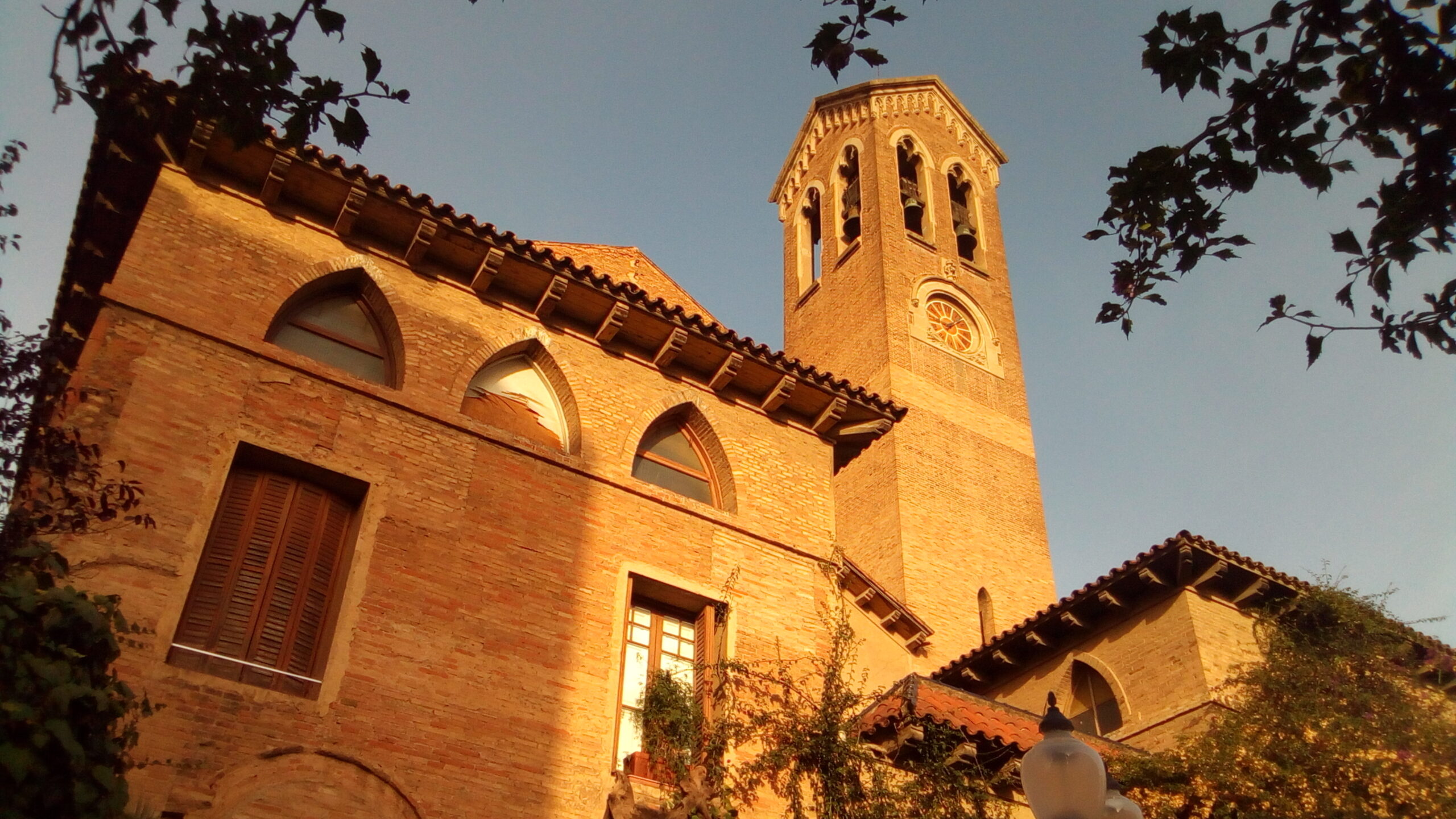Gaudí’s world heritage sites and potentials additions
Antoni Gaudí has several of his masterpieces recognized as UNESCO World Heritage Sites. This recognition highlights the universal value of his innovative and artistic contributions to architecture. Here is an overview of the current World Heritage Sites and those proposed for future inclusion.
- Related to Gaudí
Existing World Heritage Sites
1984: Initial Inscription
Parc Güell – A public park with gardens and architectural elements.
Palau Güell – A mansion that showcases Gaudí’s ability to integrate modernist style with traditional elements.
Casa Milà (La Pedrera) – Known for its undulating stone facade and wrought-iron balconies.
2005: Extension
Casa Batlló – Famous for its colorful facade and dragon-inspired roof.
Casa Vicens – A private residence that marks Gaudí’s early work in modernism.
Sagrada Família’s nativity façade and crypt – Gaudí’s most iconic work, still under construction.
Crypt of Colònia Güell – An unfinished church known for its innovative use of hyperboloid structures.
Recently, six additional Gaudí buildings have been proposed for inclusion in the UNESCO World Heritage list. This initiative is part of the broader Gaudí Centenary 2026 program, marking 100 years since his death. The buildings proposed include:
Bellesguard tower
Combining Gothic and modernist styles, it reflects Gaudí’s fascination with medieval history and modern design.
Porta Miralles
Known for its unique gate structure, it exemplifies Gaudí’s sculptural approach to architecture.
Casa Vicens garden
The garden complements Gaudí’s first major residential project, showcasing his love for nature.
Chalet of Catllaràs
Originally a retreat for engineers, it demonstrates Gaudí’s adaptability and creativity in different architectural contexts.
Sagrada Família schools
Built for the children of the Sagrada Família workers, highlighting Gaudí’s social commitment.
Casa Botines Gaudí museum
A commercial building in León that blends modernist and medieval styles.
These buildings have been proposed based on recent advancements in research and restoration, highlighting their cultural and historical value. The proposal aims to secure a comprehensive recognition of Gaudí’s work, celebrating not only his most famous structures but also his lesser-known contributions.
These efforts underscore the ongoing appreciation and study of Gaudí’s work, which continues to inspire and influence architecture and art worldwide.












